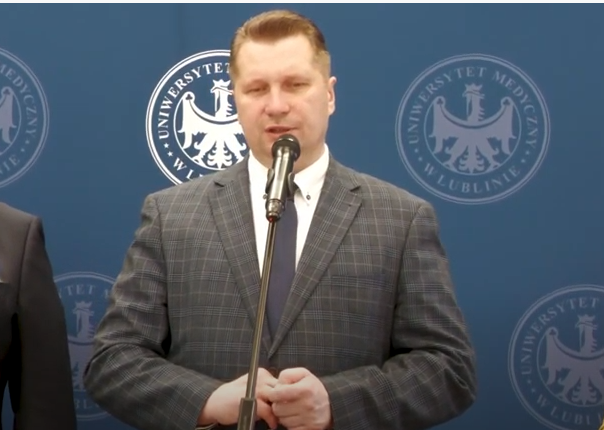As part of the pilot program “Good to see”, 1052 children were examined in 10 schools in the Lubelskie Voivodeship. In the course of the research, 296 children were diagnosed with hyperopia, myopia or astigmatism and 391 children were referred for in-depth research at the University Department and Clinic of General and Pediatric Ophthalmology. Deterioration of eyesight is the effect of long-term distance learning.
The “Good to See” program is one of the pillars of the National Program for Supporting Students after the Pandemic prepared by the Ministry of Education and Science (MEiN). It has already allocated PLN 1.1 million for this purpose. The project was initiated by the Minister of Education and Science, Przemysław Czarnek, and the Minister of Health, Adam Niedzielski.
“The results of the eyesight tests of children who have been referred for clinical trials are very disturbing and testing must be continued in order to help in the initial stages. Leaving it unresponsive, without making parents aware and educating them will cause irreversible problems in the future”, said the Minister of Education and Science at a conference summarizing the results of the pilot program “Good to See”.
“We have to realize that if we do not stop this epidemic among children at the youngest age, it will not stop at their teenage or adult age”, continued the head of MEiN.
Minister Przemysław Czarnek emphasized that vision problems are associated with serious consequences, not only in health but also in society.
“If we want to avoid social problems, we must extend this program to the whole of Poland in order to prevent and indicate specific directions of therapy and treatment in time”, said the head of the Ministry of Education and Science.
Adrian Andrzejewski





